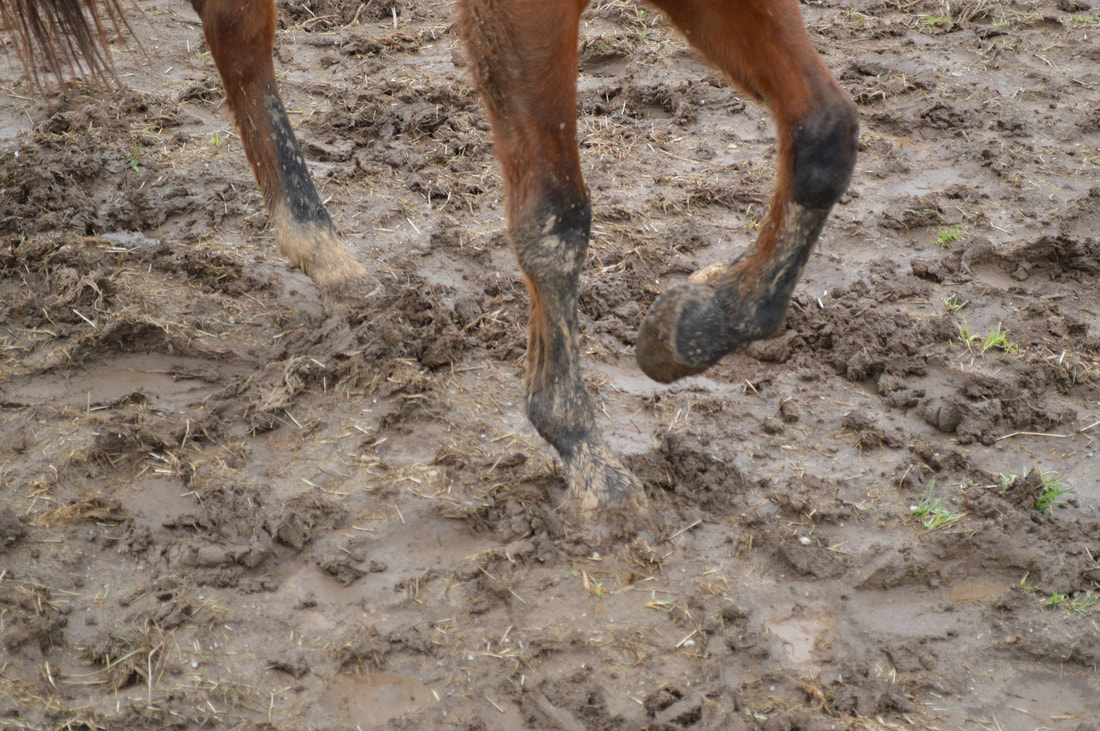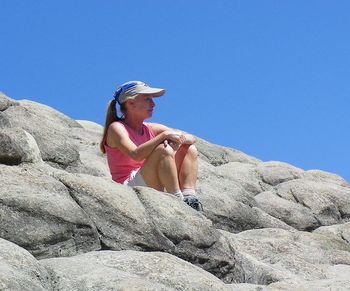|
Parts of the country are buried in snow. We’re demoralized by rain. Heavy, relentless rain. Cold rain. This past week we had two days of rain—occasionally with thunder--while the temperature stubbornly sat at 34 degrees. It has warmed now, but we’re back to steady, obstinate, pitiless rain. Roads are closed. Dams are holding back record levels of water. Topsoil and grass have washed away. Leaves leftover from late fall are matted to the ground in dense carpets, never having been dry enough to rake. The deer in our neighborhood apparently have little to forage. They stare in my front windows, lean over the porch railing, pleading for corn. Young calves are dying in the fields, stuck in the mud, frozen in cruel temperatures that never quite dip low enough to offer firm footing but are certainly low enough to bring on hypothermia. Once picturesque horse farms are vast mud pits, reminding tourists that these postcard-perfect stretches of land are still farms, wrestled into their summer beauty through the brute force and determination of committed men and women laboring behind the scenes. In 2018, we had 72 inches of rain, 160% of our average (45.21 inches). By December 1, it was already the wettest year on record. Then we had five more inches of rain before the year ended. In the first eight weeks of 2019, we have had 10 inches, almost double the average and on target for a year similar to last year. Don’t tell me you don’t believe in climate change. Don’t tell me that, all across the country, we haven’t seen extreme weather that has altered our lives, damaged our economies, and endangered our future. You may not agree with the specifics, or the vague generalities, summarized in the Green New Deal proposed by Democrats in the House and the Senate, but after years of inaction and denials, I give them credit for taking a bold first step. For at least trying to rivet our attention away from mopping basements, resodding lawns, digging cars out of snowbanks, fleeing wildfires and mudslides, standing in line for FEMA assistance, watching helplessly as the latest storm, the latest flood, the latest once-in-a-hundred-year event wipes out our homes, our businesses, our towns. Meanwhile, President Donald Trump is planning to establish a 12-member Presidential Committee on Climate Security to refute recent reports that climate change poses clear risk to our safety and our economy. Science and data be damned. Back in Kentucky, I woke up on Thursday morning and the rain had stopped. The sky was blue. The birds were singing. I had no idea where I was. We are so disoriented by these rapid changes in weather and climate—just as we are disoriented by new norms for civility and verbal expression and respect for our fellow man—that we have become numb to it all. Numb to the dangers. Numb to the costs. Numb to who we’re becoming. And that perhaps poses the greatest threat of all.
1 Comment
Vince Fallis
2/24/2019 06:58:31 am
Your comments resonated with me yesterday when I read them following my afternoon walk. It was a dreary, gray day but I was outside and elated to be off the damn treadmill that provides an unsatisfying substitute for the outdoors during our annual "dark period". There are some rather beautiful vistas of the Ohio river looking into Indiana as you travel our narrow road and I enjoyed them more than usual. Still, the world around us as we exit winter looks like it was sprayed with Roundup by a squadron of 747's. I was trying to think of a brief description of the general appearance of the ground this time of year and settled on "brown mat". You seemed to share that as well.
Reply
Your comment will be posted after it is approved.
Leave a Reply. |
Details
Archives
June 2023
Categories
All
|



 RSS Feed
RSS Feed